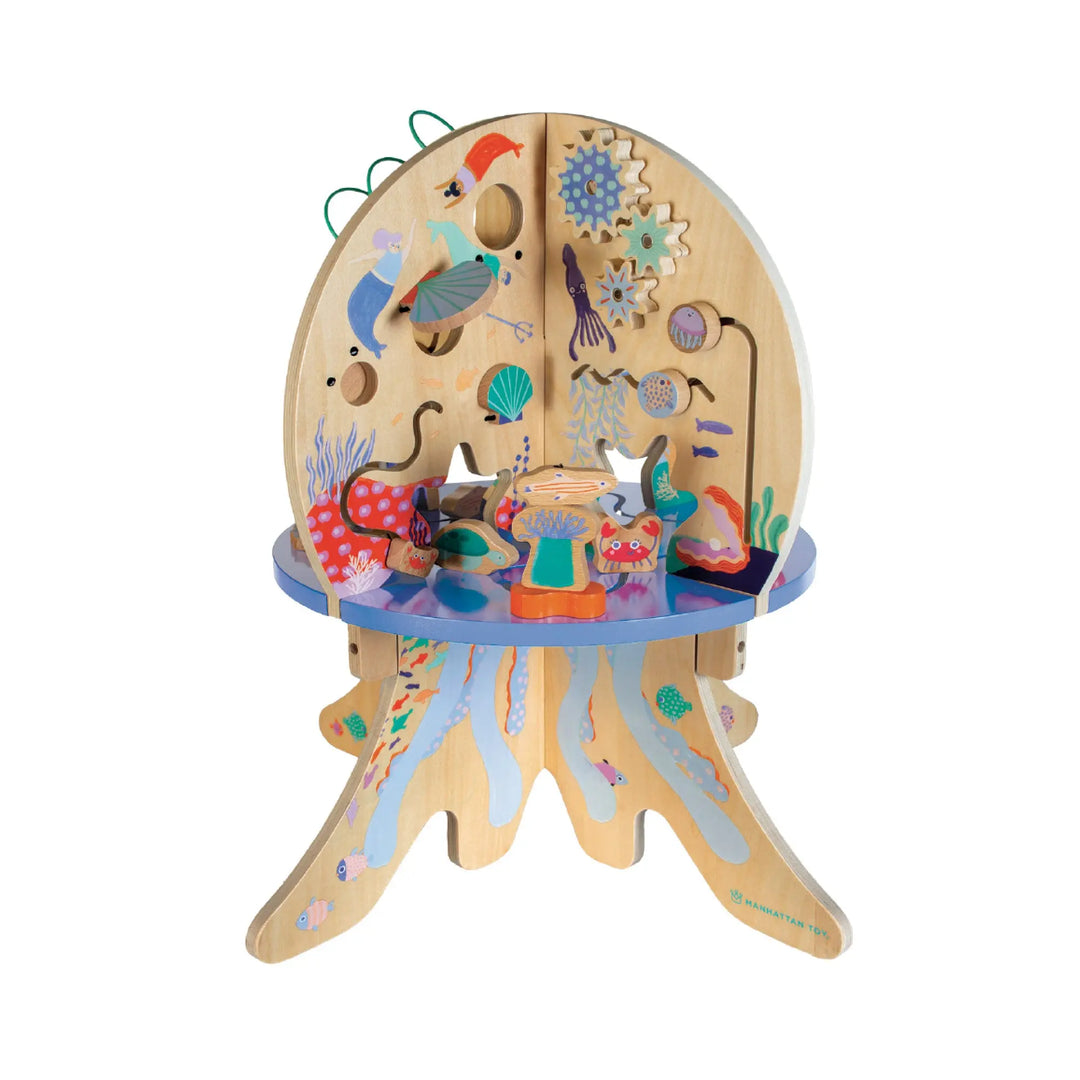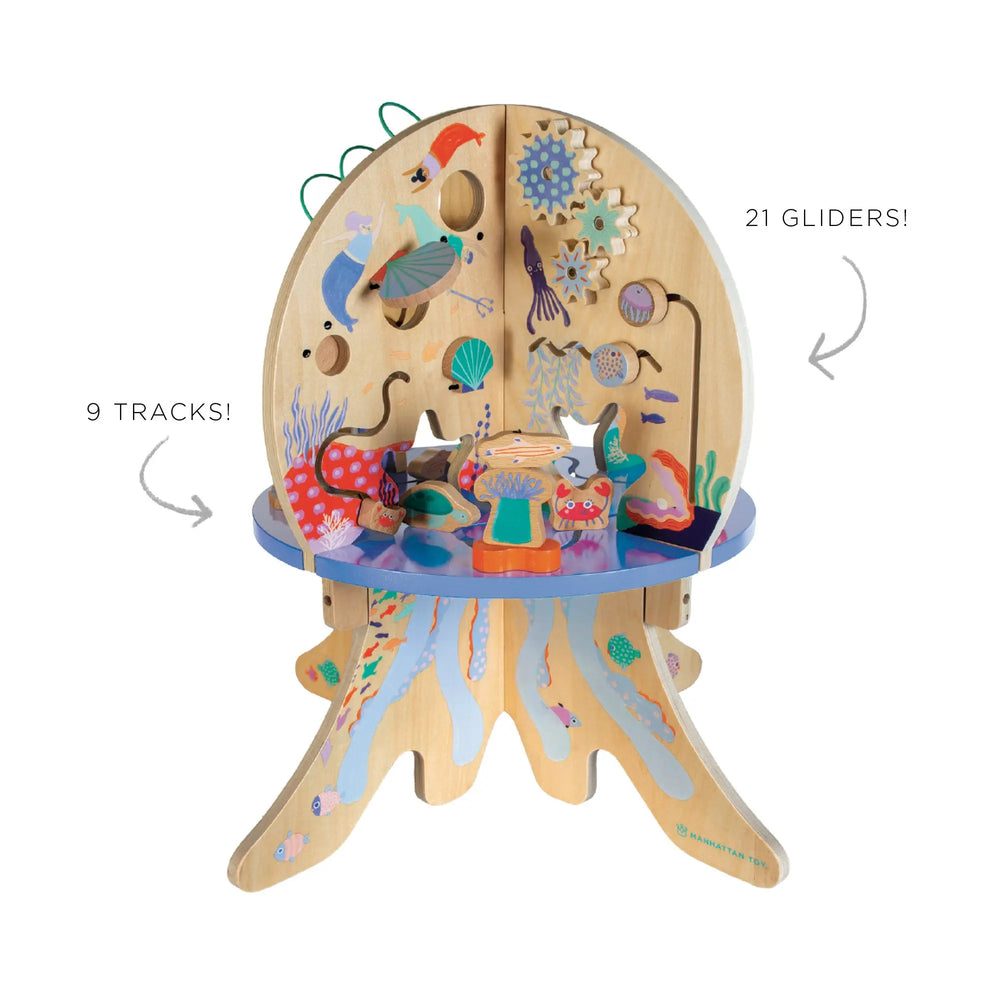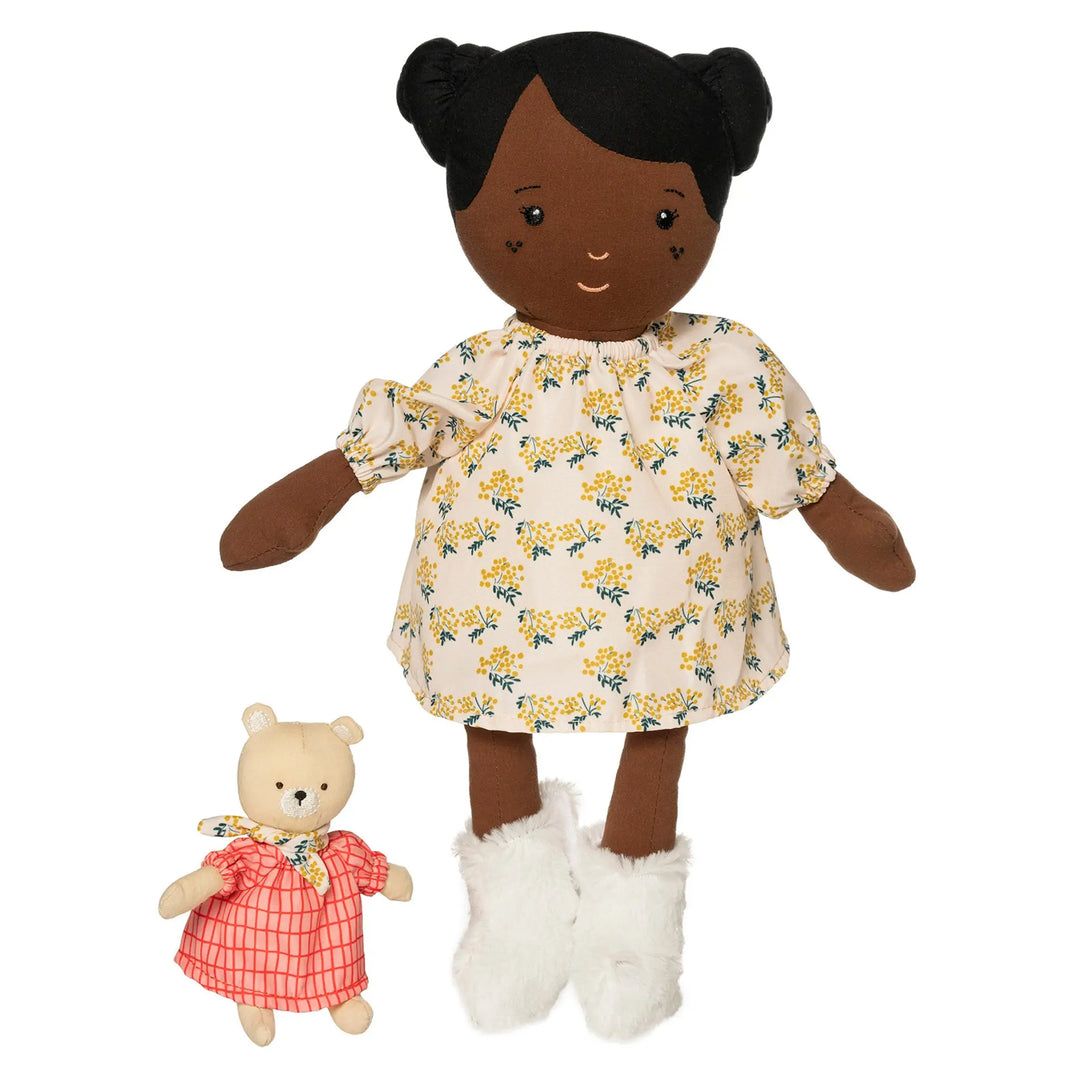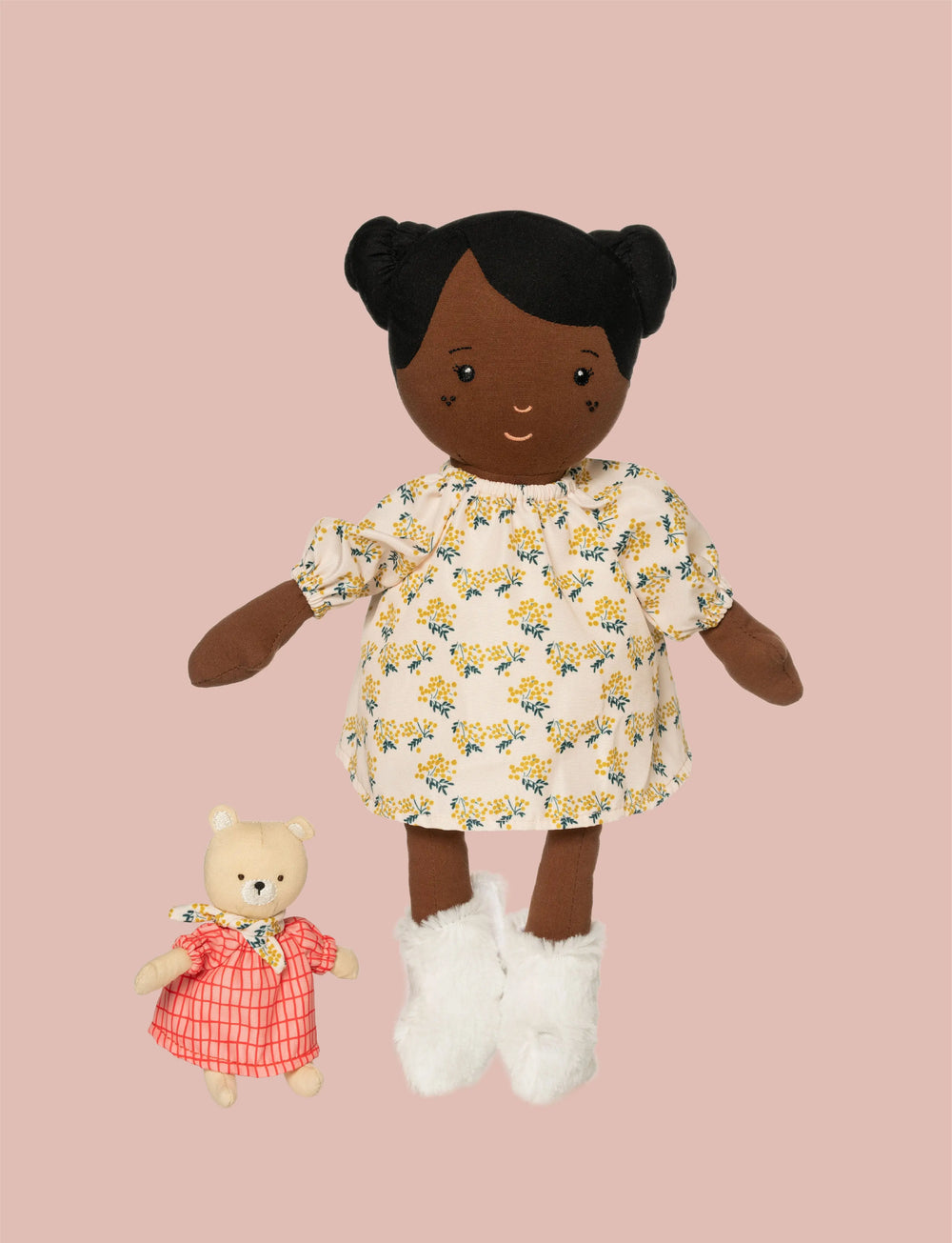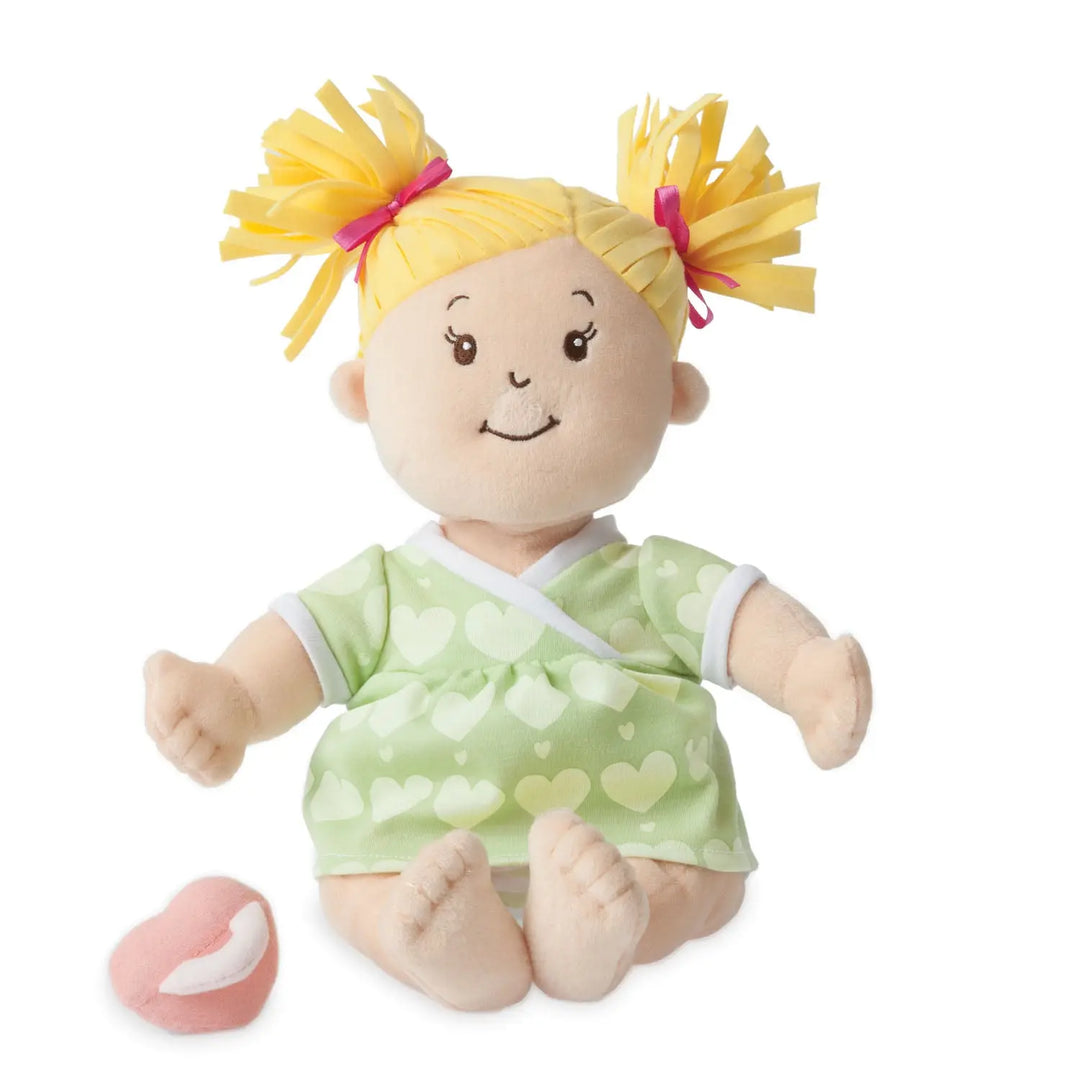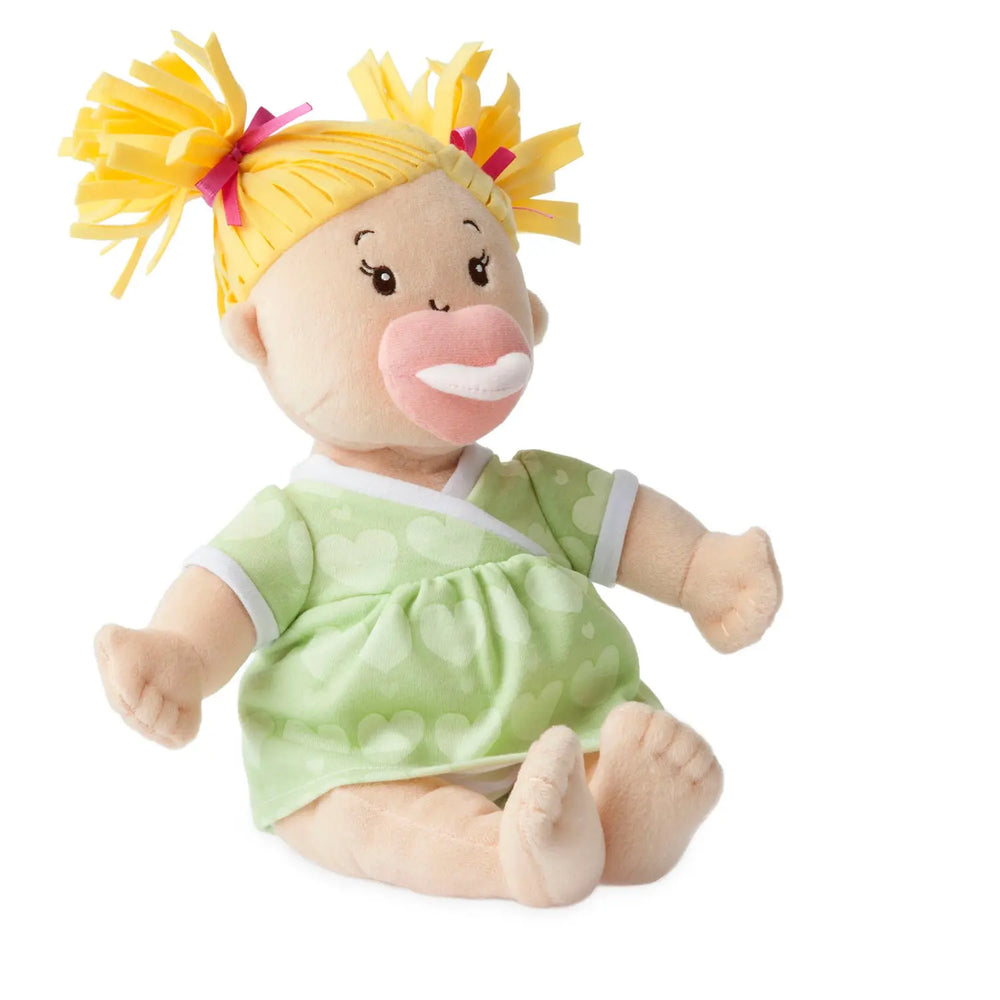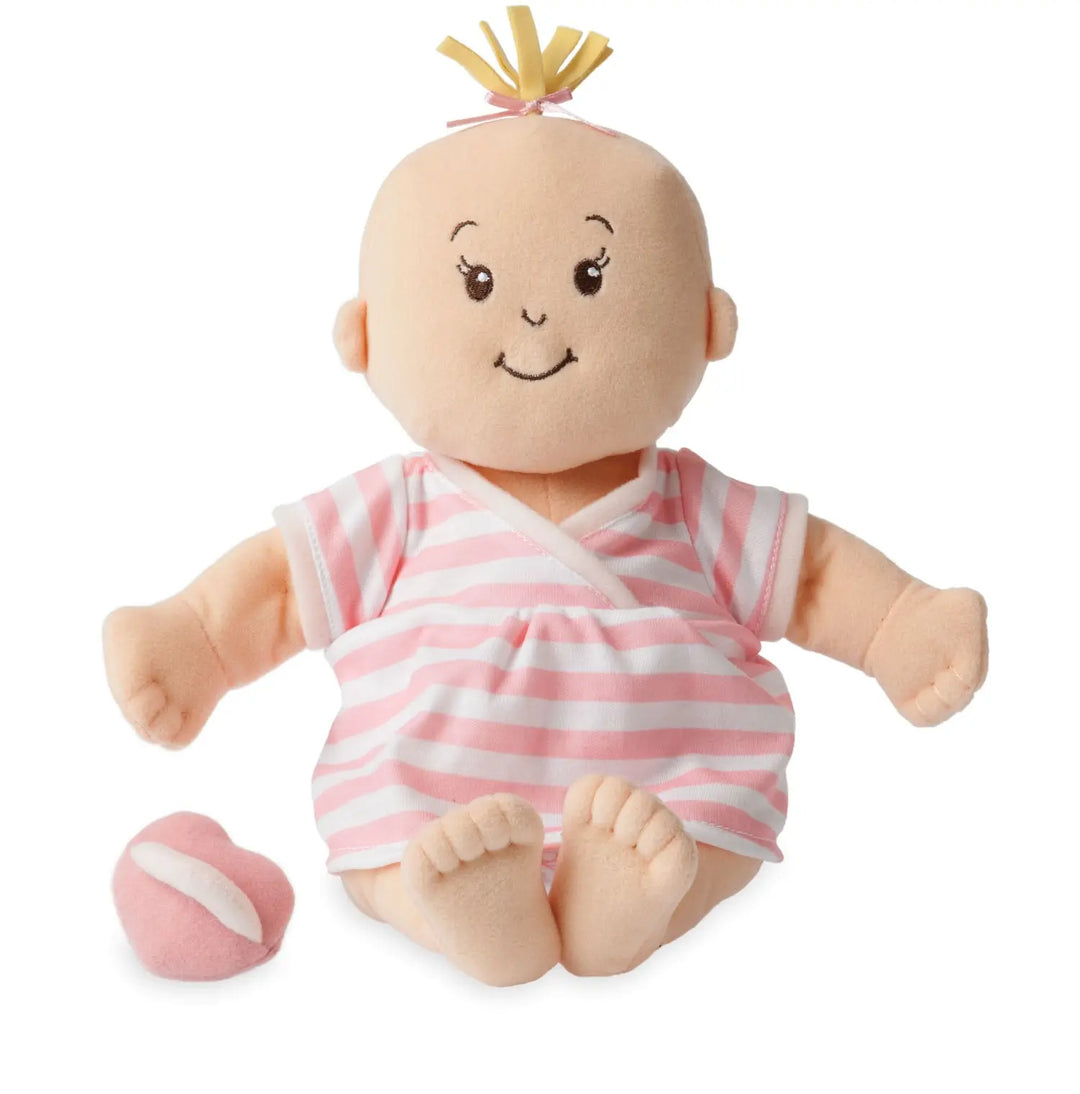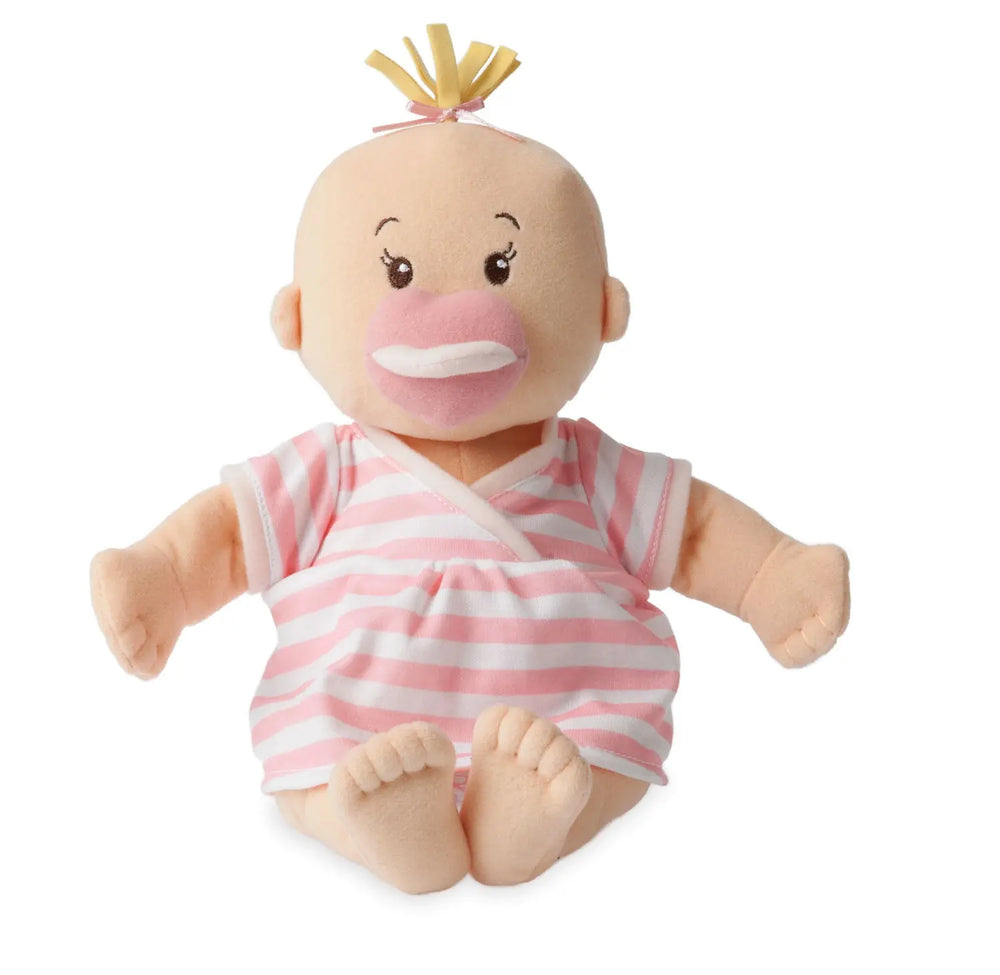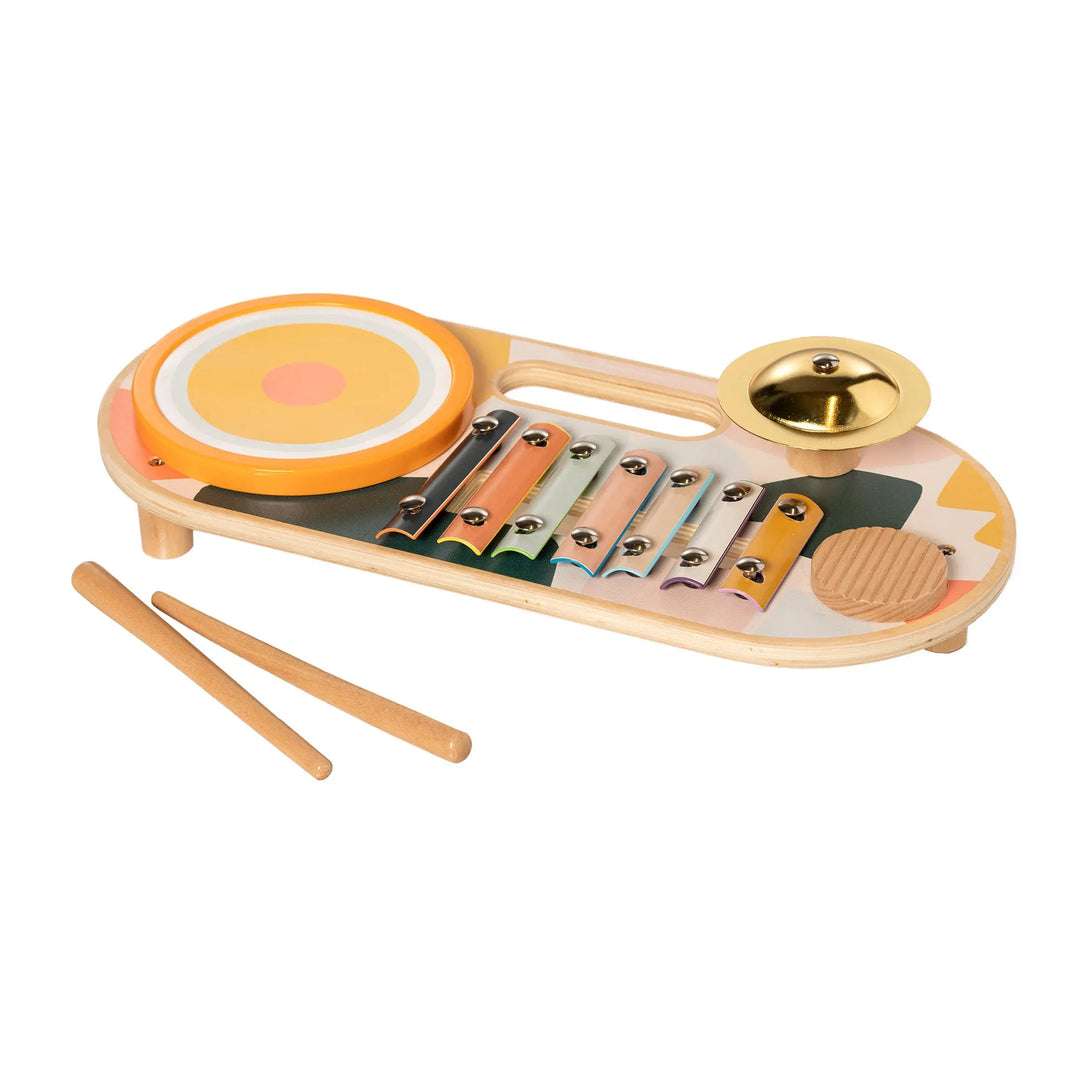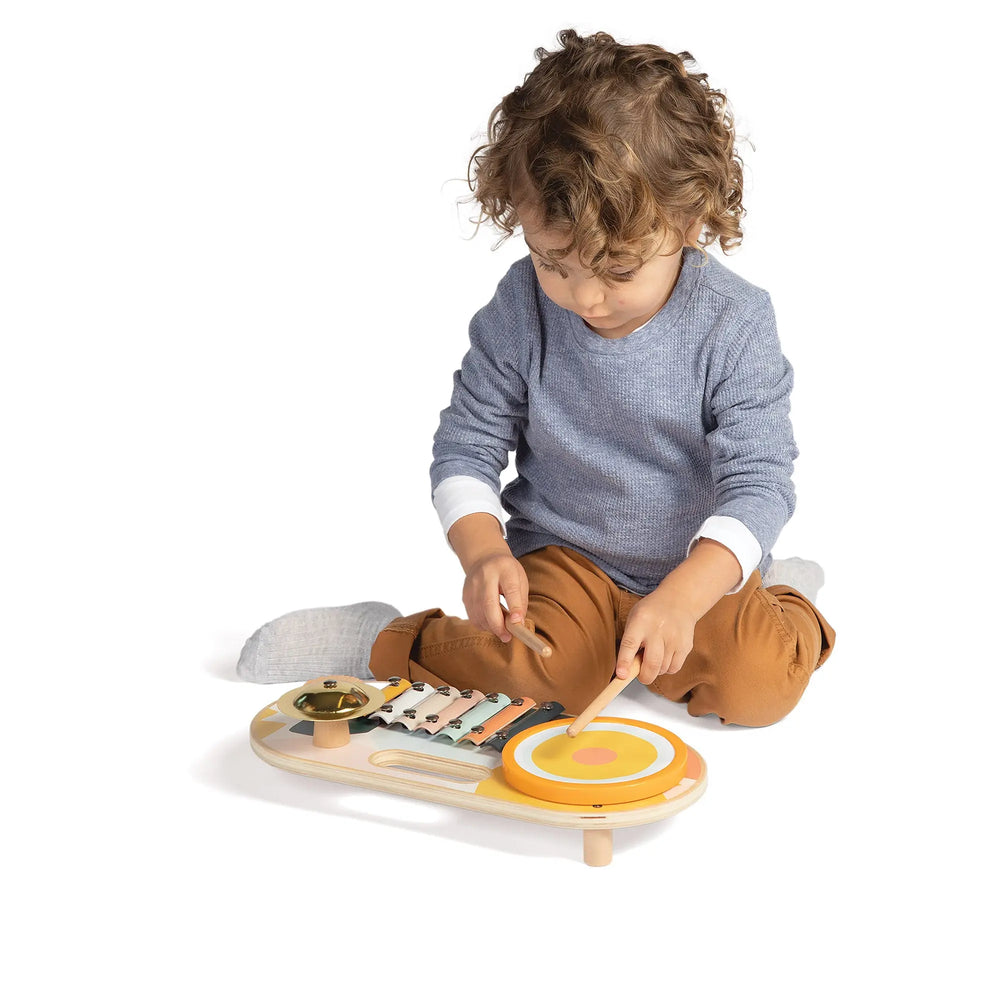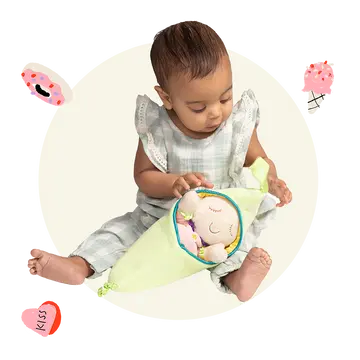4 Tips to Creating a Space for Playtime Learning

By: Mona Bachani Singhal, founder of Spark Wonder
A Place for Play & Discovery
We often hear how play is the way children learn about the world around them. In a world of marketing and consumer culture there are plenty of options that may do the exact opposite of what we want for our children. As an Educator and Toddler Specialist I have often seen every version of a play space you can imagine. Consider this a beginners guide on creating a successful play space for your little ones.
Photo credit: @ellen_wags
Make it Count
Often, we think that learning numbers or math skills requires a dedication to quizzes and testing. However, that won’t work! Your little one will see right through that tactic and quickly disengage, even if they know the answers! Instead of taking the time to test their knowledge open up activities that will naturally show you what they know while also allowing them to learn new concepts.
Blocks are a great one for this and the bigger the blocks the better! Playing with blocks is always exciting and it will naturally allow you to have some math conversations. “Can you pass me one?” “Is this taller?” “I need one more please.” By working with blocks together you are naturally discussing math concepts in a way that makes sense to your child. This is much more fun than asking them to count.
The Stack and Smash is a great place to start. You can work on the same concepts and it’s a real space saver. Remember it’s not unusual for your child to just move cups or blocks from one place to another. Eventually the concept of building upwards or “adding on” will come.
Once they are ready and comfortable with using math language such as “one more, higher, bigger, smaller etc” you can introduce games that will encourage them to recognize the patterns in numbers. Subi is a great place to start because you can start out with creating a memory game and naturally recognizing patterns at the same time.

Photo Credit: @theheinrichhouse
Get Messy
How often do you avoid art or sensory activities because you’re afraid of a mess? Yes we want a clean home and don’t have the time to add one more thing to our to do list. But you need to! This is the one aspect of play that is often overlooked in every play space at home. However, this is one of the most important!
If your child gets messy and is able to touch things that are messy, sticky or slimy they are much more likely to have better eating habits! Notice the textures your child prefers. Are they a little one that seeks crunchy snacks or soft and easy to swallow? Whatever they are comfortable with, pick the opposite texture for play time. For example, if your little one loves soft textures, introduce crunchy, hard and firm textures during play. Fill a bin with cereals, rice or dried pasta. If your child prefers crunchy textures then fill a bin of wet oatmeal, wet cereal or water mixed with flour.
If they are able to explore textures during open ended play times, they will be more likely to try them when they show up at mealtimes.
Invite your child’s favorite toys to “watch” this special playtime. Bring Playdate Friends Nico along and let your little one explain or show their favorite doll what they are working on. This way you are promoting language development and supporting positive eating habits.
You don’t need to have a dedicated space, you can add simple moments of play almost anywhere. If you are worried about a mess, take it outside! Backyards, parks or even the sidewalk will alleviate some of the stress about cleaning up.
Photo Credit: Paige Jones Photography @paigejonesphoto
Drama, Drama, Drama
I know what you are thinking - your little one has this one down. They can go from happy to full meltdown in 5 seconds. That is not the kind of drama I am referring to. This is more about dramatic play!
This area can be as simple as a play kitchen area or having some of their grown up’s dress up clothes. A dramatic play area can include dolls or stuffed animals too.
This is an area where your child can explore concepts that are important to their day to day life - home, kitchen, work - all the things they see their parents and caregivers doing. In this space you may hear things like “I am feeding the baby” or “I’m going to my office. I have a zoom call.” It’s where all the tidbits of the day can be explored in a way that they can control.
Have things in this area that are meaningful to your family. For example, if Yoga is your happy place let your little one explore with their own mat. You can even take this a step deeper and add Wee Baby Stella’s Yoga set to their play space. Next time have everyone bring their mat to Yoga practice!

Photo Credit: @_brookeangelique
Rotation is Key
I can’t tell you how many times I hear “my child is bored with their toys.” Yes it happens. If we see the same exact things in our fridge, closet or workspace we too would be bored. Our kids are no different.
The key is to have your space adaptable. Some days it can be a spaceship and other days it can be a doll house. Use things around the house and rotate them out every few days. Put some toys in a closet or a hidden space and change them out every week. This will help your little play with intention because they have less in front of them but this will also help keep things fresh! You will buy less toys because rotating them will keep things more exciting.
This can be done with every single toy you have. Keep half the bin of Lego blocks out or just one color. Put half the books on the bookshelf. Remove half the pots and pans from the kitchen area. By trying these small changes your child will feel inspired to create something new with something they have had all along.
"Playing in the simplest ways can make a world of difference."
It's the mark of children that grow to be independent, confident and comfortable in their day to day lives. Use this guide as a simple way to ensure your child is playing with purpose.
About the Author:
Mona completed her Masters in Early Childhood Education from Columbia University, Teachers College. She went on to complete an Advance Certification in Special Education from Fordham University.
Beginning her career as a preschool teacher, Mona taught at schools throughout New York City. Later, becoming an Educational Director and Preschool Program Director where she developed curriculum and trained teachers on the importance of play and parent partnerships.
Mona adores children and has made it her life goal to support families to help nurture young children. She believes if parents and children are able to have their needs met and feel supported there will simply be more room for joy and wonder in the world.
